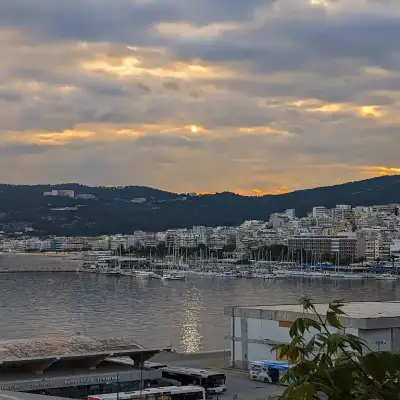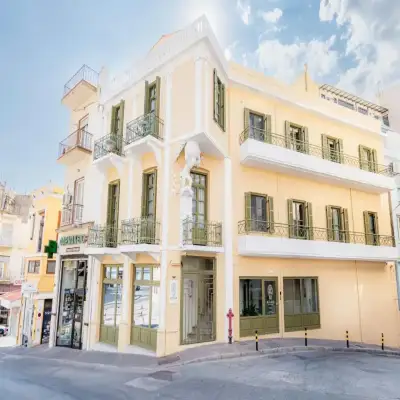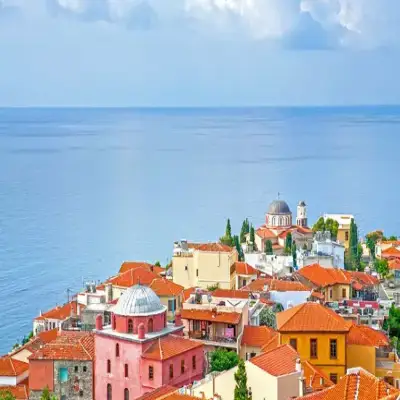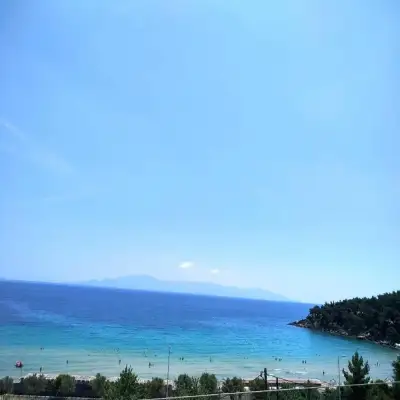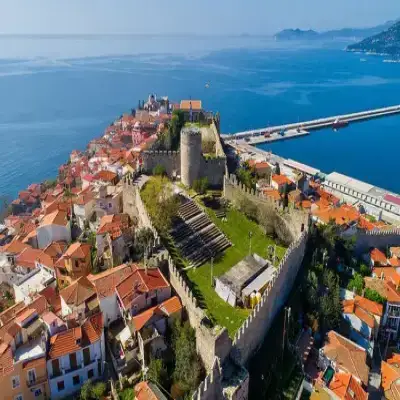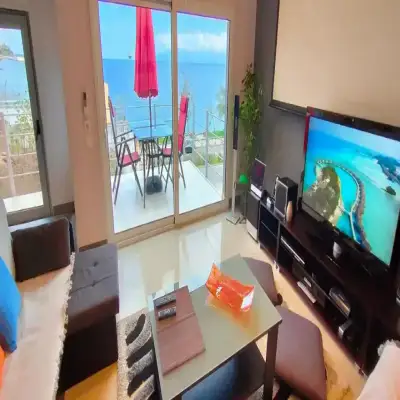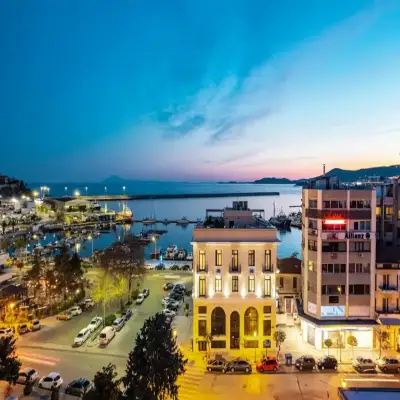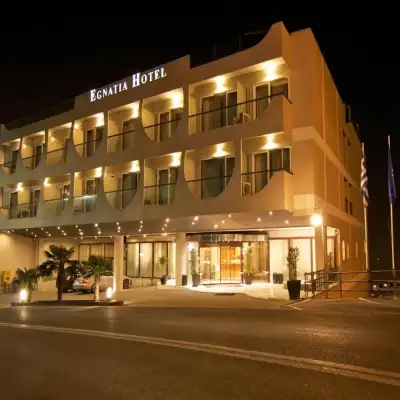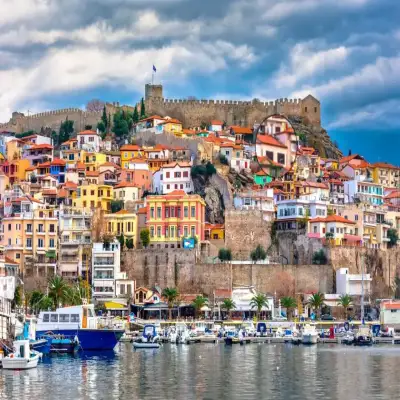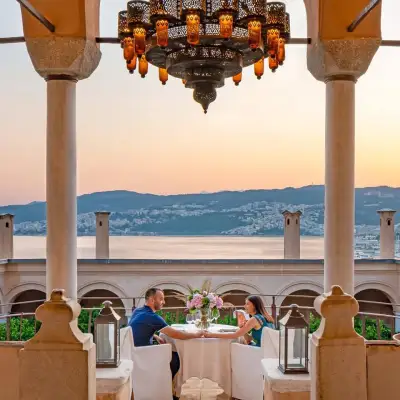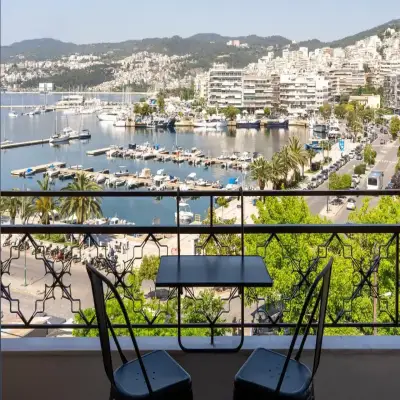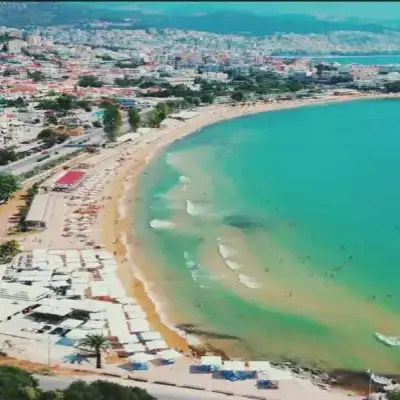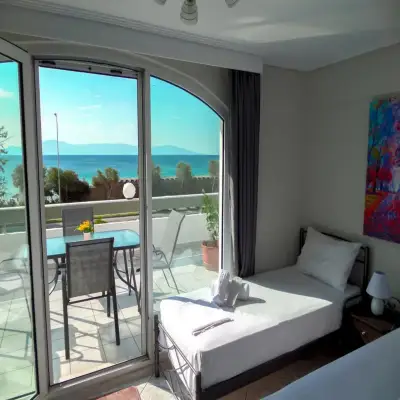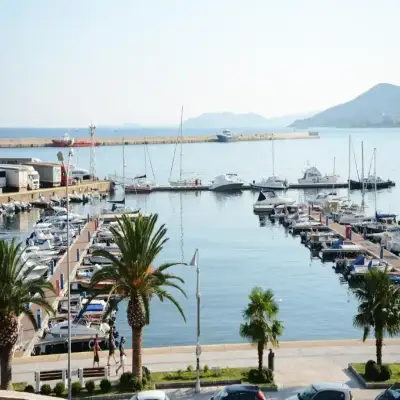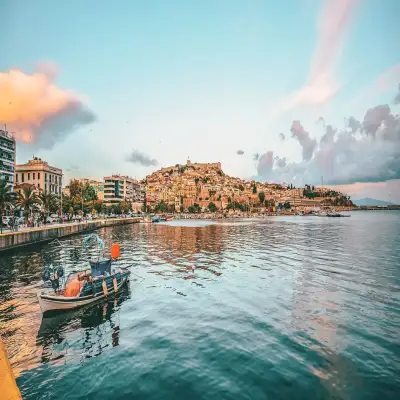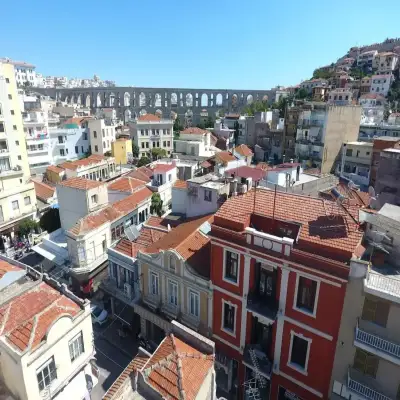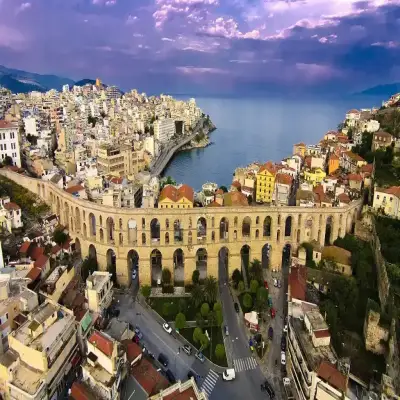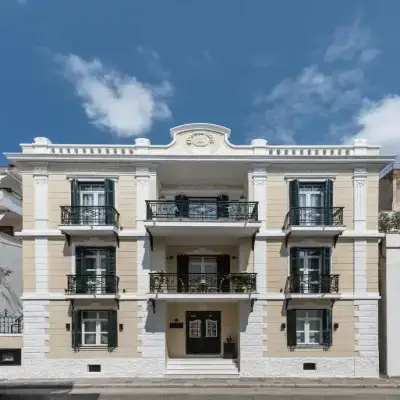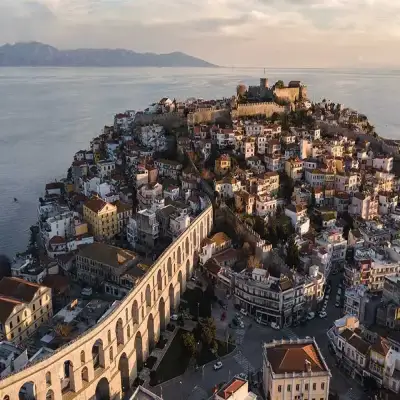
Places to See in Kavala
Kavala is a coastal city on the shores of the Aegean Sea in northern Greece, mesmerizing with its historical texture and natural beauty. With a rich history ranging from Ottoman to Byzantine, Roman to modern Greece, every corner tells a different story.
Old Town (Panagia Quarter): The heart of Kavala, Panagia Quarter takes visitors on a journey through time with its 2500 years of history. With its cobblestone streets, houses with bay windows and courtyards decorated with colorful flowers, this neighborhood is one of the places that best reflects the spirit of the city.
Kavala Castle: Located at the highest point of the Panagia neighborhood, Kavala Castle was built in the 15th century and expanded during the Ottoman period. The panoramic view of the city and the sea from the castle will provide you with unforgettable moments at sunset.
Kavala Mehmet Ali Pasha House: The house where Kavalalı Mehmet Ali Pasha, one of the most important figures of the Ottoman Empire, was born was built in the 18th century and now serves as a museum. The sculpture in the garden and the sea view are among the elements that impress the visitors.
Imaret: Built in the 19th century by Kavalalı Mehmet Ali Pasha, the Imaret served as a soup kitchen, madrasah and masjid in its time. Today it has been converted into a luxury hotel and is one of the elegant examples of Ottoman architecture.
Halil Bey Mosque: Built in the 16th century on the ruins of a basilica, Halil Bey Mosque stands out with the remains of the basilica visible through its glass floor. Today it is home to the Kavala Philharmonic Orchestra.
Church of the Virgin Mary: This 15th century building was converted into a church in 1965. It attracts visitors with its architectural structure and sea view.
City Center and Coastline: Reflecting the modern face of Kavala, the city center offers a pleasant atmosphere with its palm-lined streets, fishing boats and seaside cafes.
Aqueduct (Kamares): Built in the 16th century by Pargalı Ibrahim Pasha, this 270-meter-long aqueduct is one of the symbols of the city. Built on a Roman structure, Kamares is an important structure reflecting the historical texture of Kavala.
Tobacco Museum: This museum, which tells the history of Kavala's tobacco production, has a rich collection of objects and documents documenting the transition from agriculture to industry.
Archaeology Museum: This museum, which exhibits various archaeological artifacts starting from the Neolithic period, sheds light on the history of Kavala. Especially the columns and sculptures of the Parthenos Temple are remarkable.
City Hall: Built in the late 19th century by a Hungarian merchant, this building stands out with its architecture and is among the historical buildings of the city.
Filippi Archaeological Site: Located 15 kilometers outside Kavala, this ancient city is a UNESCO World Heritage Site. With ruins dating back to 350 BC and an amphitheater, it is an important stop for history buffs.
Thassos Island: Just a 40-minute ferry ride from Kavala, Thassos Island offers a peaceful getaway with pine forests, turquoise waters and calm beaches. It is an ideal route for nature walks and seaside pleasure.
Byzantine City Walls: The historic walls surrounding the city reflect Kavala's history of defense
Ammolofoi Beach: Located close to Kavala, this beach is famous for its golden sands and crystal clear sea.
Kavala Port: The port area has a lively atmosphere with colorful fishing boats, cafes and restaurants.
Perigiali Beach: Perigiali, a beach close to the city center, has a calm atmosphere and is preferred by locals.
For accommodation suggestions, you can check our Kavala Hotels page.


